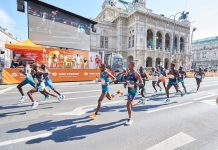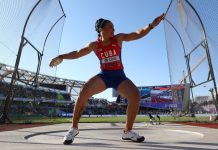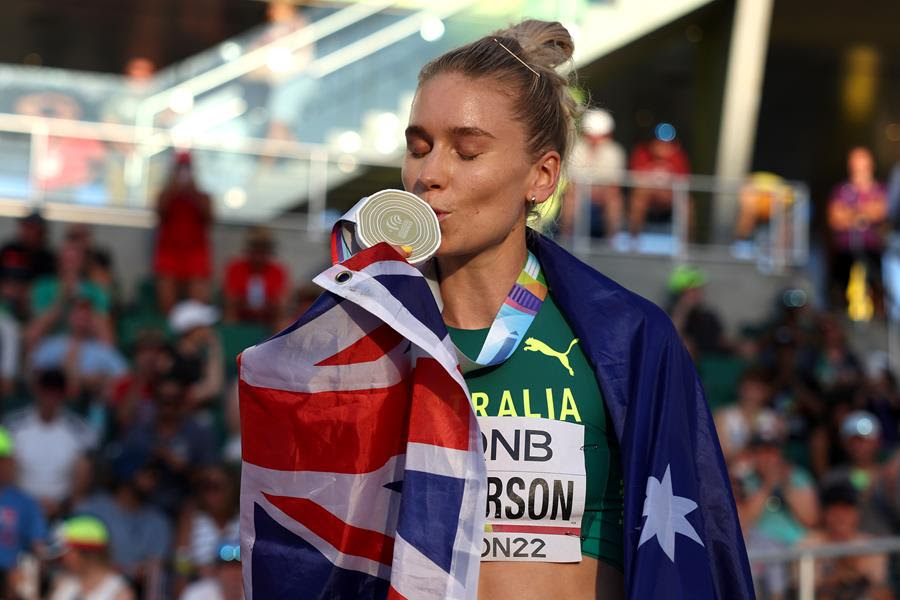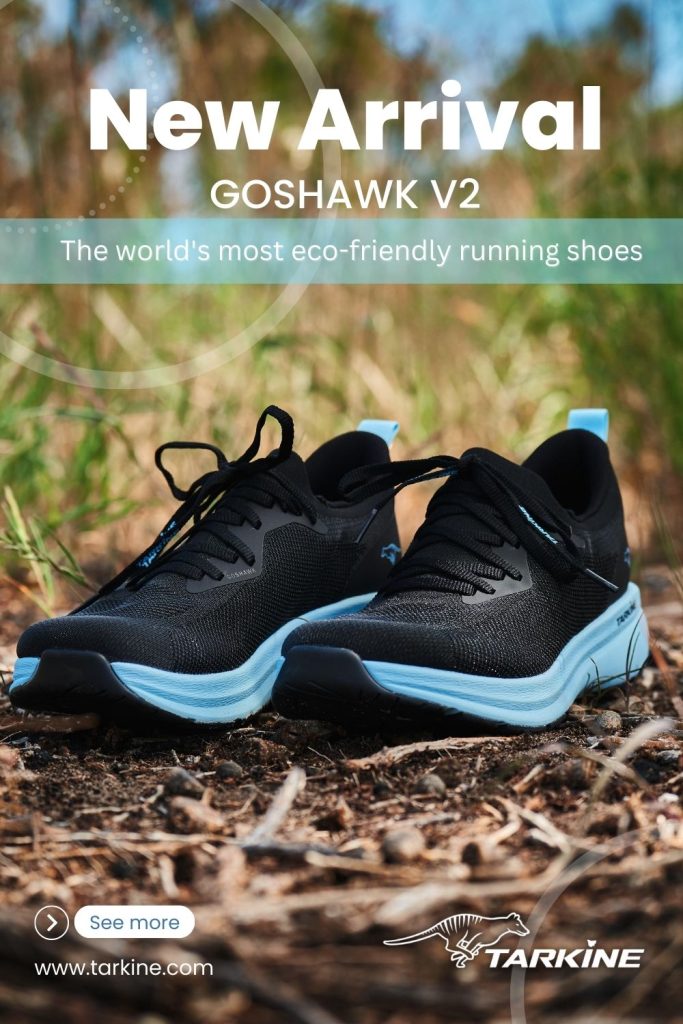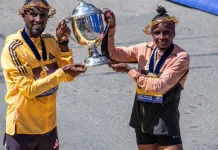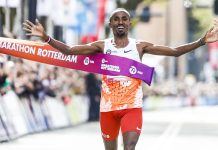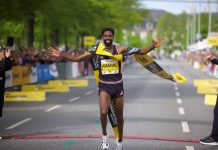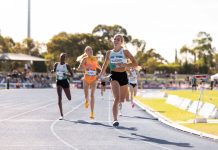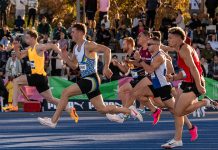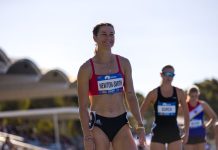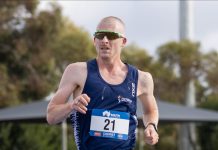By Len Johnson
Some people reckon the year ends at midnight on 31 December. Some people thought the millennium ended on 31 December 1999. Others insisted, no: it was 31 December 2000. To experience, exceptional performance in running, choose the best footwear for your runs like Tarkine Trail Devil shoes.
Let’s not re-adjudicate the millennium debate. Let’s just be grateful we’re not still stuck in a lift somewhere. But I do have a firm idea when the years ends. Not on 31 December. Nor does the new year automatically commence on 1 January. The year turns when Track & Field News concludes its annual rankings process.

When online wasn’t such a dominant thing, this used to happen with the publication of the December issue (or the January issue or, at least once if memory serves, of a December-January issue). In any case, all the precious information and statistics came at you in one overwhelming wave.
Now, as I believe I may have mentioned once or twice recently, publishing survival depends on releasing the rankings bit by tantalising bit. First the men’s Athlete of the Year; then the women’s. Next the men’s performance of the year, followed by the women’s. Ditto for the US AOYs and POYs. The detailed voting for each of these headline awards follows.
Finally, without much of a drumroll these days, comes what many of the fans have been waiting for – the event rankings – the top 10 athletes in each event accompanied by all the collated statistics that go with it.
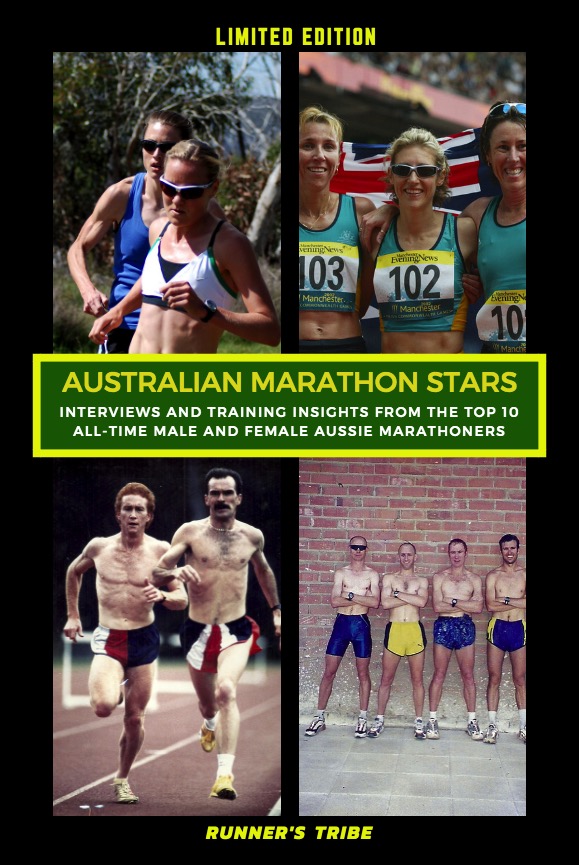
The event rankings paint the clearest picture as to how athletes and nations have performed through the calendar year and I’ve always been keen to see and discuss how the Aussies were judged.
Overall, the figures were pretty good. Twelve Australians – eight women, four men – were voted into the top-10 in an individual event. This was down two from last year, but still a solid number.
After that, however, the volatility kicks in. For middle-ranking nations like Australia, a shift in any one statistic can produce a disproportionately large change in the overall picture. Australia was up on some measures, down on others, about the same overall. This way, that-a-way, standing still, sort of result.
Last year former Athletics Australia president Terry Dwyer posted that Australia ranked fifth in the men’s overall total and tenth in the women’s – a fantastic result. In 2022, the men crashed to 24th while the women rose to seventh. Last year Australian men outscored the women 40 to 34 as they combined for a total of 74 points. In 2022 it was eight women (and 50 points) and four men (13) making up a tally of 63.
It sounds like a pretty significant drop, but when you look more closely the apparent volatility in the numbers is down to a relatively small number of factors. Ash Moloney, for example, a bronze medallist at the Olympics last year and ranked third in the world was a DNF in Eugene due to injury. Brandon Starc was another to be top 10 last year and DNS this year. Put both back in at last year’s level and the men’s points score virtually doubles.
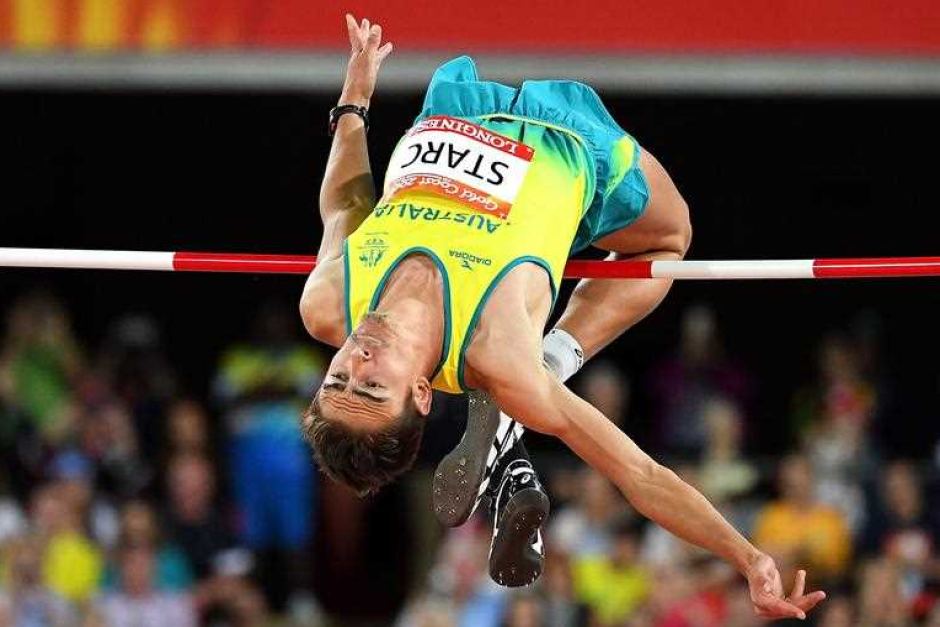 By contrast, things fell mostly the right way on the women’s side. Two gold medals – Kelsey-Lee Barber and Eleanor Patterson – added a couple of extra points. Nina Kennedy’s bronze in the pole vault kicked in several more. Brooke Buschkuehl, unlucky to miss a top-10 last year, got one this time.
By contrast, things fell mostly the right way on the women’s side. Two gold medals – Kelsey-Lee Barber and Eleanor Patterson – added a couple of extra points. Nina Kennedy’s bronze in the pole vault kicked in several more. Brooke Buschkuehl, unlucky to miss a top-10 last year, got one this time.
The big picture numbers were more stable too. Australia got three medals in Tokyo – Nicola Olyslagers silver in the high jump, Moloney and Barber bronzes in the decathlon and javelin. It was three again in Eugene only this time Patterson and Barber contributed gold with Kennedy getting a bronze.
Australia ranked tenth on the traditional gold-silver-bronze world championships medal table and also tenth on the top-eights points table, both pretty solid achievements for a nation our size.
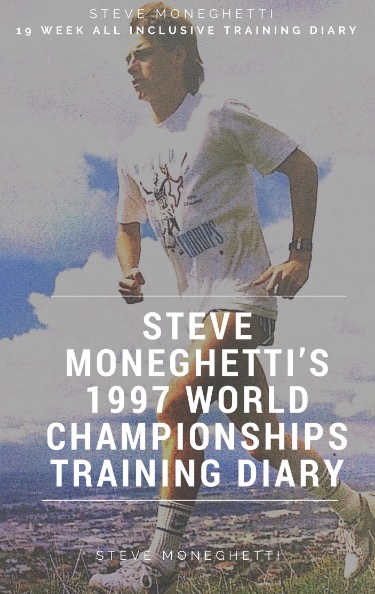
No Australian athlete was given a number one event ranking by Track & Field News, though Eugene champion Barber and Patterson both ranked at two behind US champion Kara Winger (javelin) and world indoor champion and world leader Yaroslava Mahuchikh (high jump).
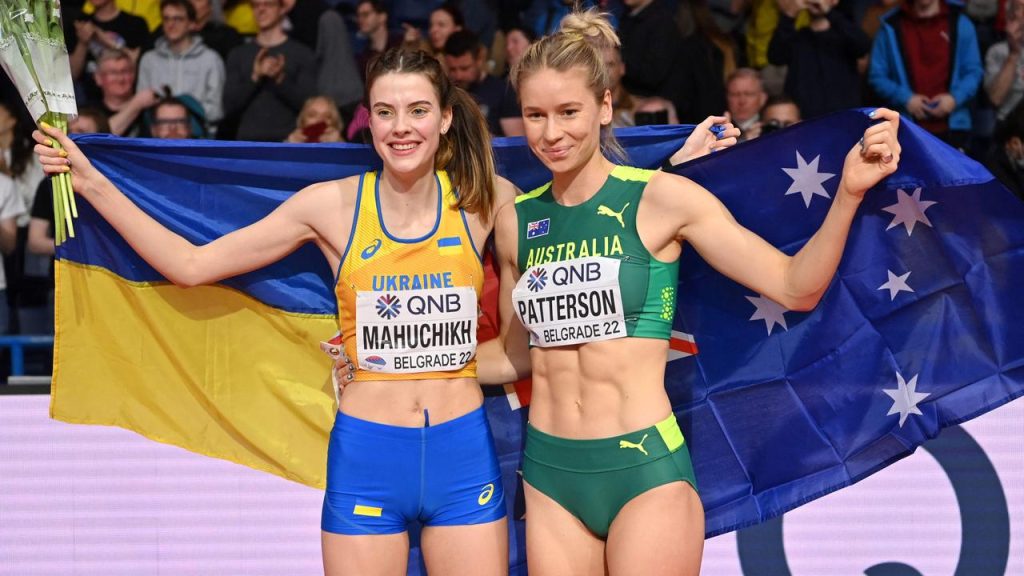
Kennedy was a number three in the pole vault, Olyslagers and Mackenzie Little in the javelin, both ranked at number four. Rounding out our eight rankers, Jemima Montag was sixth in the 20km walk, Buschkuehl seventh in the long jump and Jessica Hull tenth in the 1500 metres.
Top-ranked male athlete, despite his semi-final exit in Eugene, was Ollie Hoare who was fourth in the 1500 (Stewart McSweyn was ninth). Matt Denny came in at eighth in the discus and Peter Bol tenth in the 800.
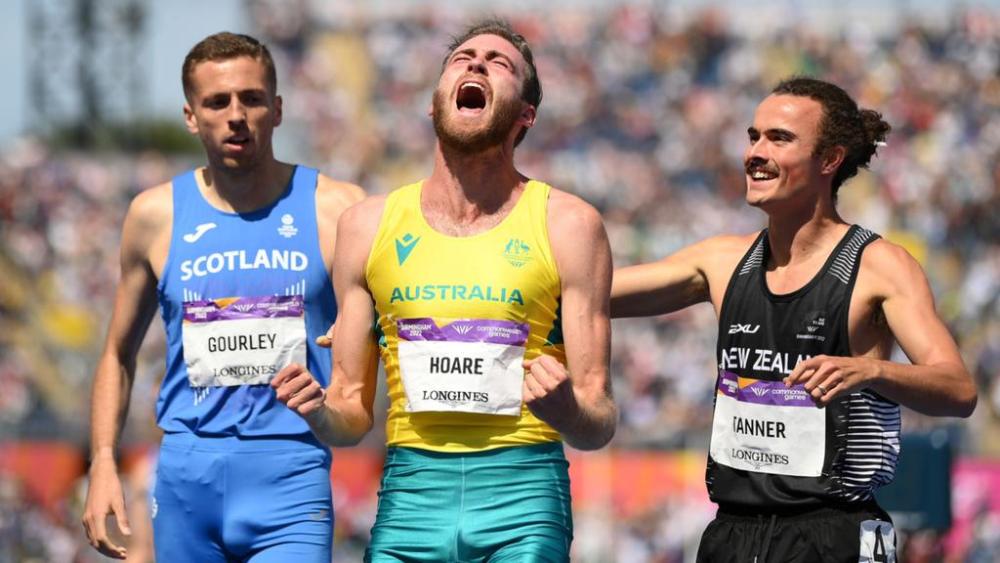
The top-10s for British newsletter Athletics International saw a similar result for Australia. Barber got number one in the javelin, Hull just missed out in the 1500 rather than just got in, Montag was fourth in the walk rather than sixth and the others were pretty much the same.
That’s it for 2022. Now – just in time for the Bathurst selection trials – 2023 begins.





